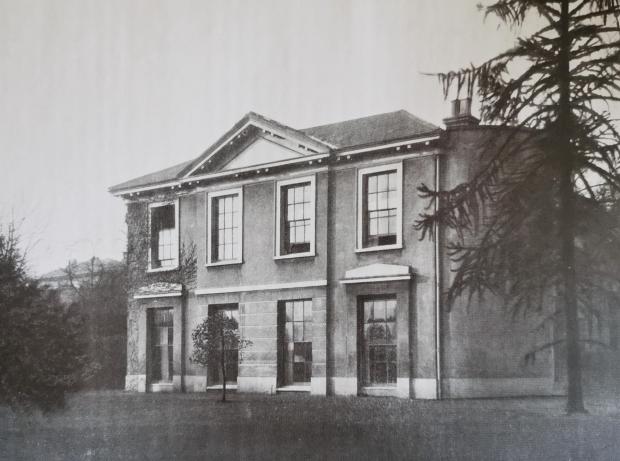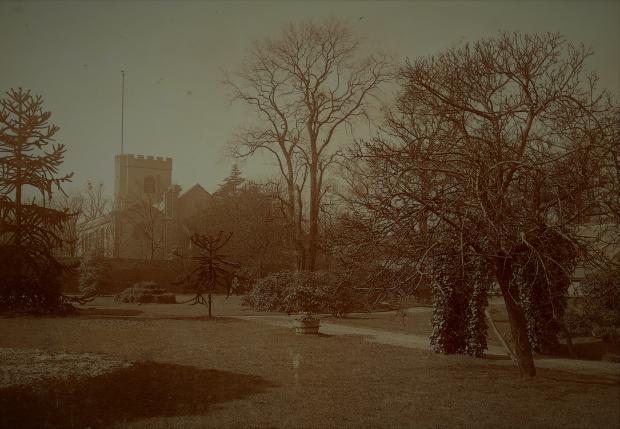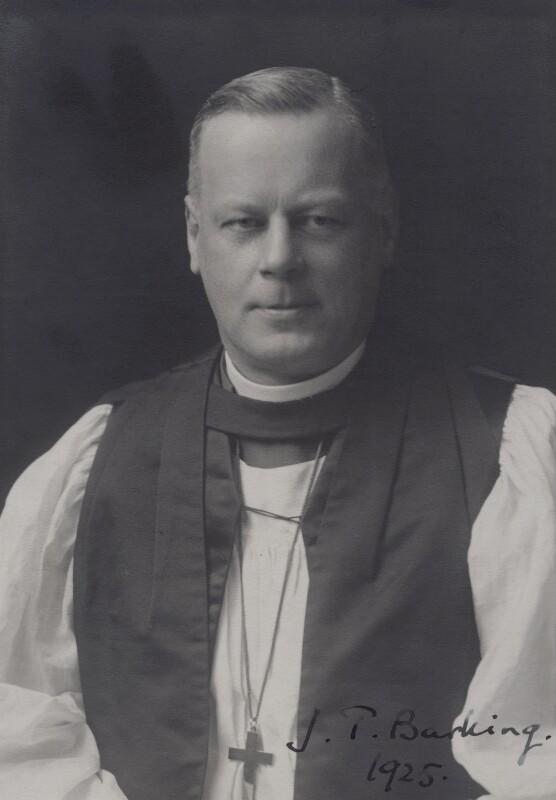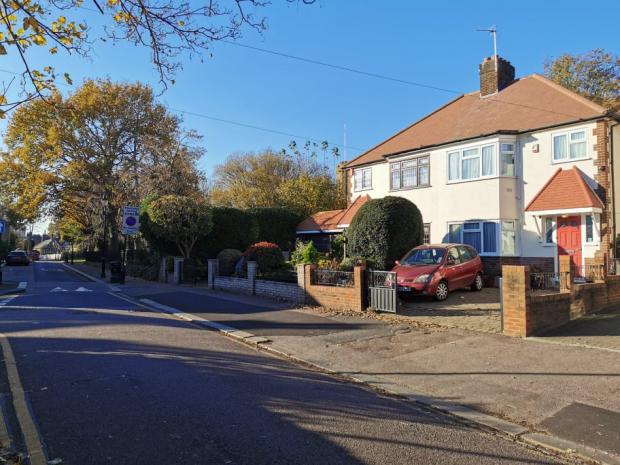
The historic buildings in and around Church End form the core of the original village of Walthamstow and are a relatively familiar group of local landmarks.
They include the parish church of St Mary and the adjacent early 19th century former infant school, the Squires and Monoux Almshouses, and the Vestry House Museum, that started life as the parish workhouse in 1730.
The 15th century Ancient House is especially well-known, and just around the corner in Bishop’s Close is The Chestnuts, an early-19th century mansion. Perhaps a lesser-known fact is that there was once another grand house in this group.
Located on Church Lane, next to St Mary’s churchyard, with Vinegar Alley running behind it, The Walnuts was a fine 18th century house, with a substantial garden and orchard, and various outhouses as well as a barn.
One of the house’s early owners was Charles Bill, a ribbon and silk manufacturer with premises at 21 Gutter Lane, Cheapside in London.
The Walnuts c1930
He and his wife Mary used the property as a country retreat from their London life, and when he died in 1808 at the relatively young age of 41, Mary was permitted to enjoy the residence for the rest of her life under the terms of his will, after which the property was to pass to their son John. The house was apparently still in the hands of the Bill family in the 1840s, although it was leased out as a comfortable country residence.
By the 1860s the house was home to the Vines family, who made the house their permanent residence for some years.
Charles Vines was a successful conveyancer, originally from Aldermanbury in London, who had made Walthamstow his home with his wife Emma and their large family.
They had at least nine children, all born in Walthamstow, and were wealthy enough to employ a live-in governess and nurse to help with the children, as well a cook and maids.

Garden of The Walnuts. Picture: Vestry House Museum
When the family moved to Wanstead in the late 1870s, Marian Soper and her silk manufacturer husband William moved into The Walnuts with their cook and a housemaid.
Sadly Marian died towards the end of 1881 aged just 35. The bereaved William retired from his work relatively soon afterwards, and his younger sister Britannia, a woman of considerable means, came to live with him at The Walnuts.
They lived out their years at the house, William dying there in 1912 and Britannia in 1918; both are buried in St Mary’s churchyard.

James Inskip, Bishop of Barking. Picture: National Portrait Gallery and shared via Creative Commons
The Bishop of Barking was the next occupant of The Walnuts, taking up residence in 1919 with his wife Lillian, in the same year as he was ordained. A popular chap, he lived there with his wife Lilian until the 1930s. They had four children, Lillian, Norah, James and Constance, the latter became a renowned novelist.
The Inskips lived at The Walnuts until the late 1930s, when the house was demolished; the local legacy of this Walthamstow-dwelling Bishop was the naming of a new cul-de-sac built opposite within the front garden of The Chestnuts: Bishop’s Close.
The site of the house and grounds is now occupied by mid-20th century housing.

Site of The Walnuts and St Mary’s Church, viewed from Bishop’s Close
Karen Averby is a seaside-loving historian and research consultant specialising in researching histories and stories of buildings, people and places. She researches house histories for private clients and collaborates in community heritage projects (karenaverby.co.uk). She is also director of Archangel Heritage Ltd, an historical research consultancy providing research services for the commercial heritage sector (archangelheritage.co.uk). Also found on Twitter @karenaverby and @archaheritage
https://www.guardian-series.co.uk/news/19745537.the-walnuts-walthamstow-became-bishop-barkings-home/





